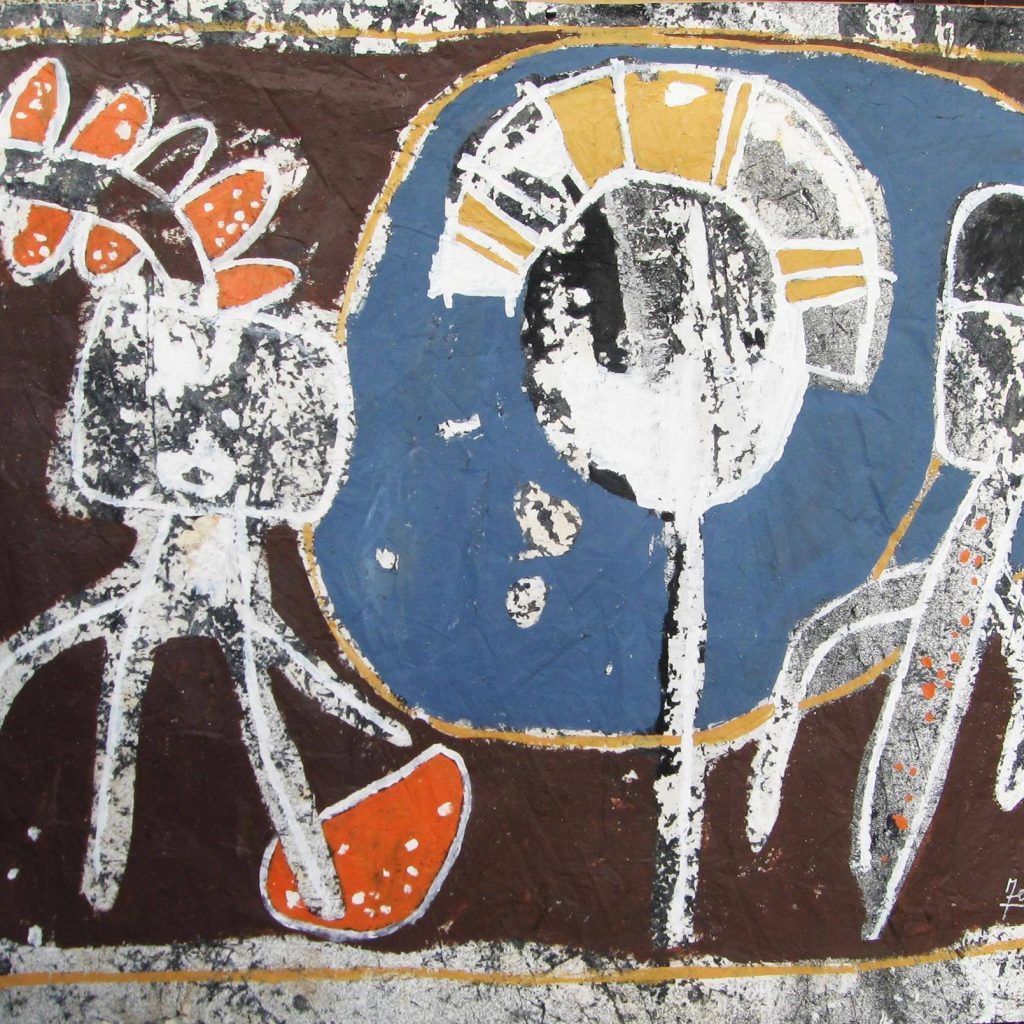The impact of time as we know it, or don’t know it, on our work and lives is a question that both haunts and delights. How do we understand history? Is progress linear? Do artists grow in increments like Erik Erikson’s description of human development? How am I similar to or different from the person I was five, ten, or twenty years ago?
Perhaps on a macro scale, we can ask the same or similar questions in an art historical context. How does one period and culture lead to, seep into, integrate with, or react to another? Sometimes, the answers are reasonably clear and specific. During the Armana period (New Kingdom) in Ancient Egypt, Akhenaten sought to change the canon of proportions and sensibility regarding the human body that had been in place for thousands of years with a new, more naturalistic vision for a monotheistic culture. Immediately after his death, however, the country returned to its earlier polytheistic belief system. The roots of the Teotihuacan culture in ancient Mexico seem to have developed during the fourth century BC, where a sophisticated civilization is reflected in the art and architecture, which ended around 550 AD, for reasons not yet clear. Another more recent example is Dada, which was (and perhaps still is) a reflection of the existential crisis that shrouded Europe and America between the wars.
It is interesting to think about the history of individual artists this way, and in so doing, we question the way we have been influenced, by whom, and the genesis of these influences. Where we were born, our family, religious and political culture, our natural aptitudes and gifts, our attitude and outlook on our place in the world, all of these elements have an impact on who we are today.
When I think about the similarities and differences — physical, emotional, spiritual, and cognitive — between my 12 years old self and my current self, I am filled with wonder. Even though I have the same fingerprints, every cell in my body has been replaced, and my attitudes and ideas about the world — and my place in it — have changed over the years. Apart from the physical reality of being, how do we change? What is the nature of the changes we undergo? And what role does aesthetic experience have in this process?
Art has the power to change us. Undoubtedly, the how and why of that notion is less important and more difficult to answer than its recognition.
Featured artist: Mene Ange Martial, Ivory Coast
Carol Heft is a New York City based artist and educator. She is a graduate of the Rhode Island School of Design and her work has been exhibited internationally. She teaches Drawing, Painting, and Art History at several colleges in New York and Pennsylvania, and is represented by the Blue Mountain Gallery in New York City.


